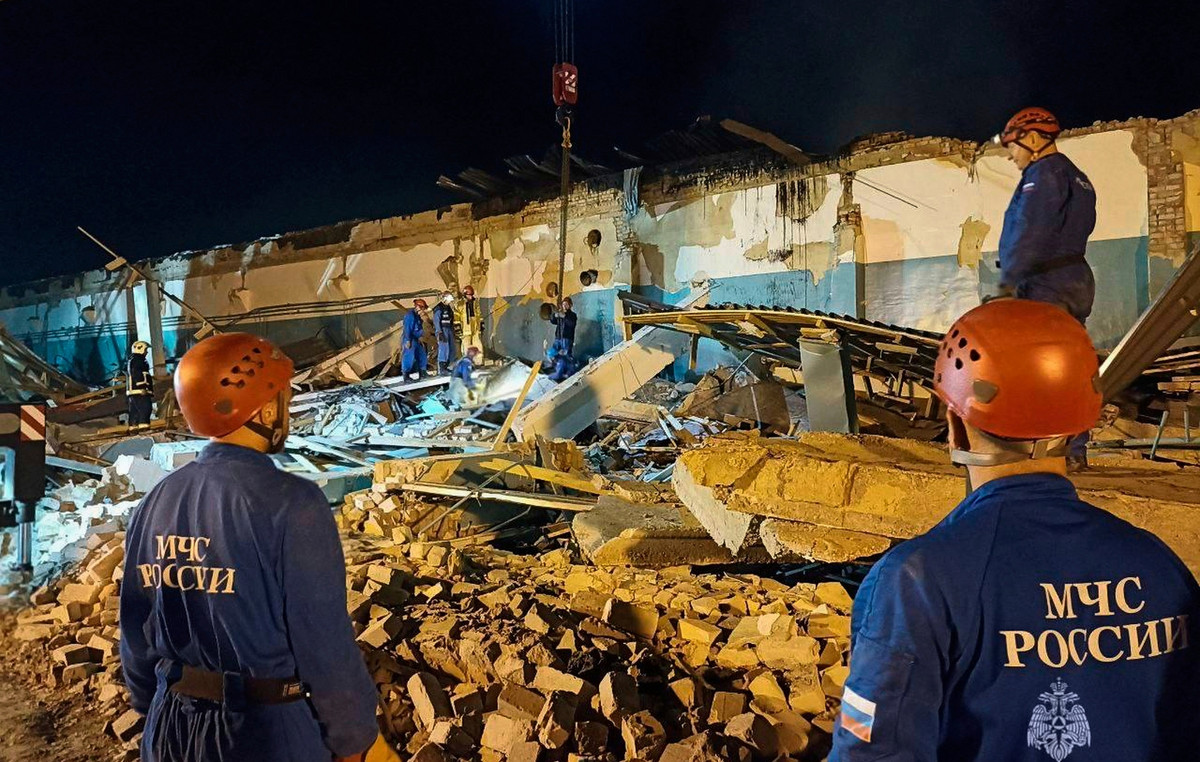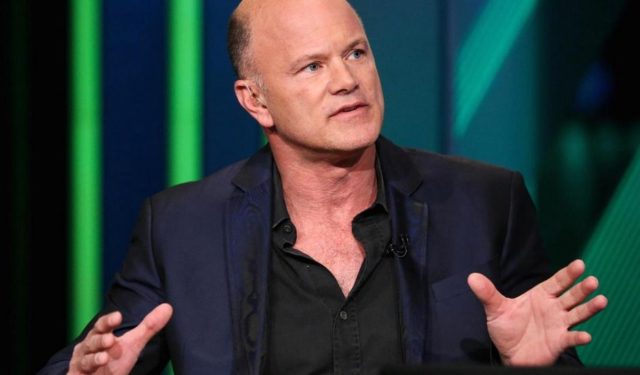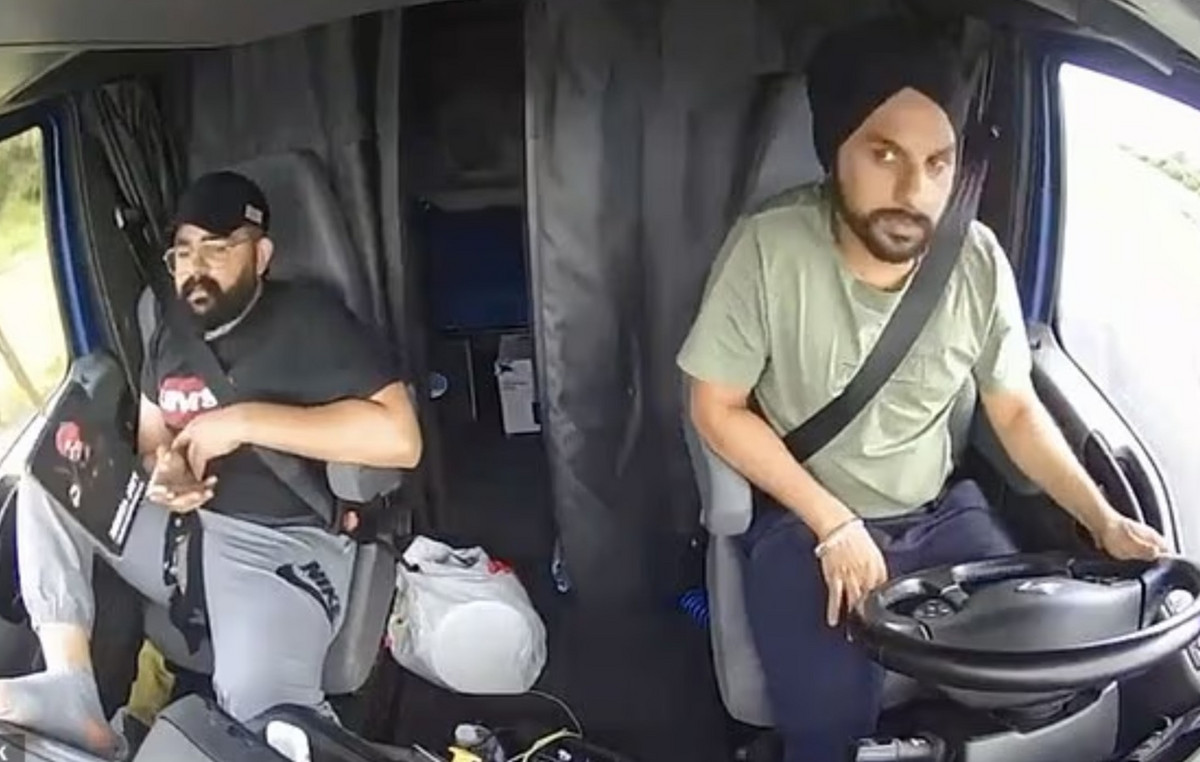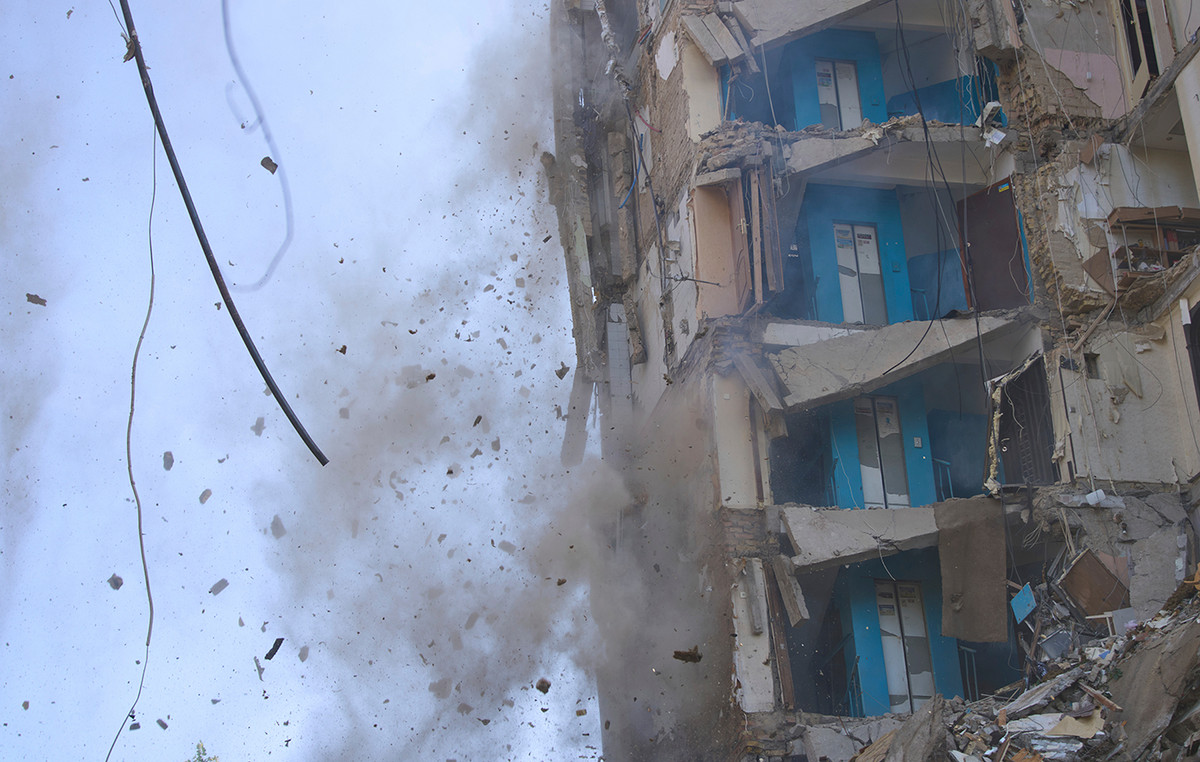In this Monday’s edition (14) of the Medical Correspondent board, of Novo Dia, the neurosurgeon Fernando Gomes talked about the cases of the so-called herniated disc, an injury to the spine in which discs in the vertebra press on a nerve causing intense pain.
According to data from the World Health Organization (WHO), eight out of ten people in the world suffer from a herniated disc. To the surprise of many, however, the picture can also affect young people.
In an interview with CNN, orthopedist and spine surgeon Luciano Miller explained the reasons. “A herniated disc can affect young people. Generally the risk factors are obesity, sedentary lifestyle, strenuous exercise without a rest period and also spinal trauma.”
“Associated with this, young people have a genetic predisposition, that is, some family history of herniated disc and this disc can be formed a little more fragile. These risk factors end up acting more easily, causing the collagen in this disc membrane to break, causing disc herniation”, he added.
Fernando Gomes explained that spinal overload is natural in the human body and that herniated discs occur when the annulus – the structure that holds the most viscous part of the disc – is ruptured, compressing nerve roots.
“The vertebral column has a very intelligent constitution to guarantee what the evolution of the species has given us, which is the ability to walk in a bipedal posture”, stated Gomes.
Among the main symptoms are limb tingling, lower back and leg pain, loss of strength and altered sensitivity. The manifestations of the injury may vary depending on the region of the spine where the injury occurred.
“It is quite evident that there is a very intelligent anatomical structure, very well designed with tiny spaces and when there is a conflict of environment, with more than one structure where it shouldn’t be, you can have a nervous compression, which can bring all these changes that obviously need a doctor to make a diagnosis and establish a treatment”, he said.
Gomes warned that the diagnosis of herniated disc includes performing imaging tests such as x-rays. In addition, between 30% and 40% of people over the age of 30 may have a change suggestive of a herniated disc – which does not necessarily mean a disease that needs medical intervention.
On the other hand, when the patient has the clinical manifestation of a herniated disc compressing the nerve, treatment includes medication, physical therapy, acupuncture and even, in some cases, surgery.
“There is a whole path to be traveled by the person who has this diagnosis. But, of course, the alert is that it is important to keep the weight within the normal range, avoid a sedentary lifestyle and, obviously, take care of the physical body – which represents the possibility that we have to interact with the environment in a healthy way”, he concluded.
Source: CNN Brasil







